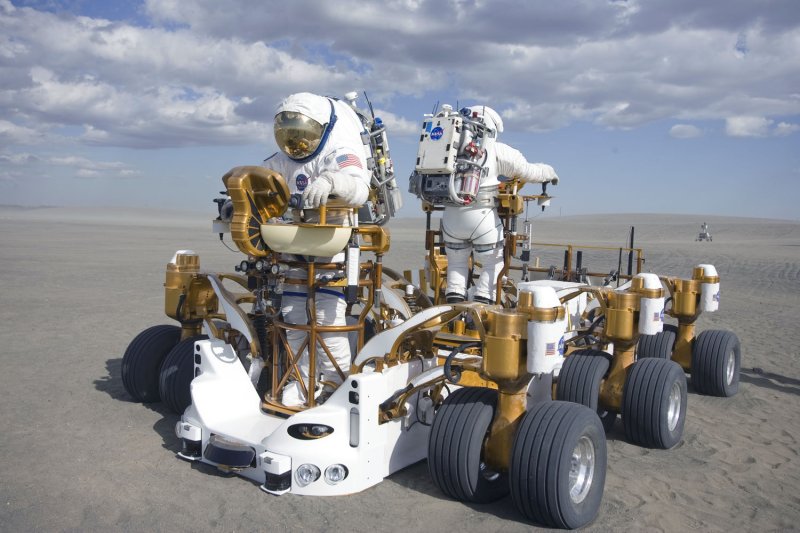CLEVELAND, Sept. 10 (UPI) -- The U.S. space agency says it's exploring the possibility of using nuclear fission to provide power for astronauts who establish a lunar outpost.
The National Aeronautics and Space Administration said its engineers are also working toward creating a non-nuclear technology demonstration of such a system.















